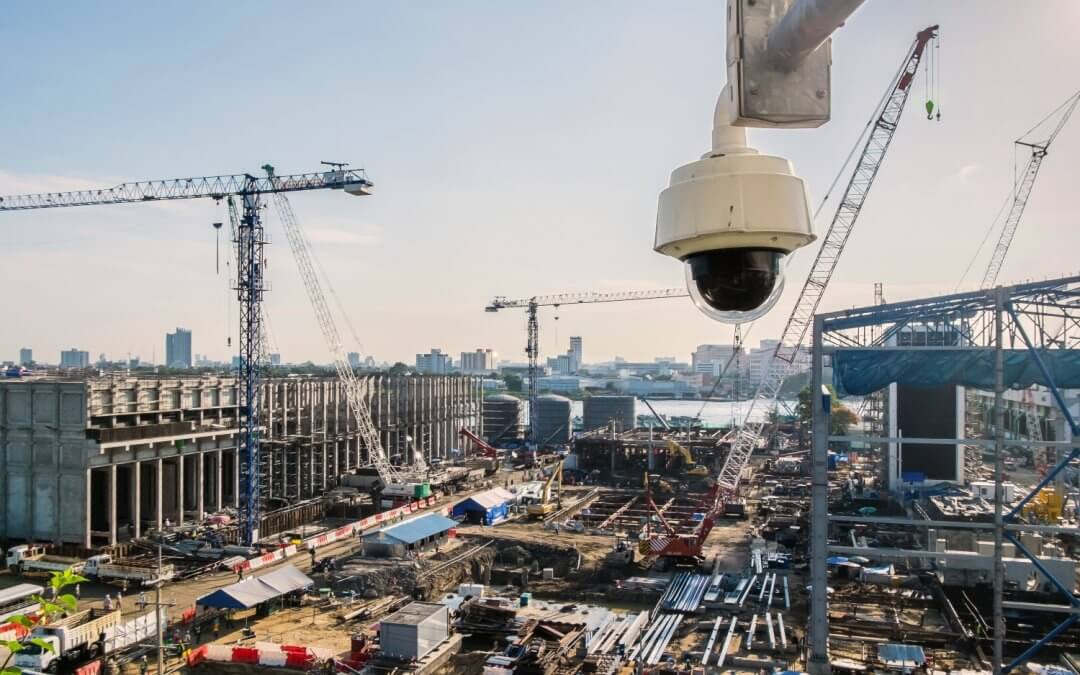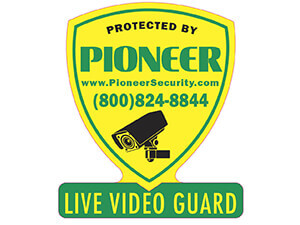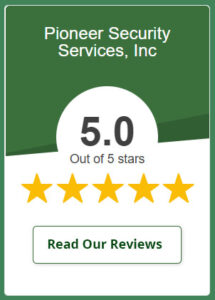According to the U.S. Bureau of Labor Statistics, the construction sector recorded 1,075 fatal work injuries in 2023, a rate of 9.6 per 100,000 workers, underscoring why proactive controls like surveillance matter.
The good news is that you don’t have to leave anything to chance. With intelligent, camera-based surveillance, you have the power to keep your site safer, more productive, and in full compliance, while maintaining control over your budget and schedule.
The High-Risk Reality of Construction Sites
Construction sites are among the most dynamic and dangerous workplaces out there. The very nature of construction means that risks are constantly changing. Materials arrive and get used, new hazards emerge with every phase, and the workforce shifts throughout the day. Understanding the realities of jobsite risk is the first step in building a safer, more secure environment.
This is backed by current fatality data: in 2023, falls, slips, and trips alone accounted for 421 of those, most commonly falls to a lower level (404)
Physical Hazards: Heavy Equipment, Scaffolding, Open Trenches
The machinery that makes progress possible also creates risk. Excavators, cranes, loaders, and lifts move quickly, often with limited visibility for operators. Scaffolding rises dozens of feet in the air, and one unsecured plank can spell disaster. Open trenches are easy to overlook and create trip or fall hazards, especially in low visibility or at night.
The best safety cultures use surveillance not just as a deterrent, but as a real-time monitoring tool. Camera feeds enable supervisors to track the movement of heavy machinery, identify unsafe stacking or storage of materials, and detect overlooked hazards such as unprotected edges or unmarked holes.
Security Risks: Theft, Vandalism, Trespassers
Construction sites are, unfortunately, a prime target for theft and vandalism. Equipment and materials often sit exposed overnight or on weekends, and the high value of tools, copper wiring, and machinery makes them attractive to opportunists. Beyond simple theft, there’s also the risk of vandalism, damaged equipment, spray-painted walls, or broken windows can stall your timeline and eat into your budget.
Data cited by the National Insurance Crime Bureau and National Equipment Register has long estimated hundreds of millions to nearly $1 billion in annual U.S. construction equipment theft losses, with very low recovery rates, a risk profile that justifies visible, monitored CCTV as a deterrent (NICB/NER Equipment Theft Report; NER 2016 Report).
Effective surveillance systems serve as a visible deterrent and allow for immediate response if an unauthorized individual steps onto the site. Even after hours, modern systems equipped with motion sensors and live monitoring ensure that every corner of your site stays protected.
Regulatory Exposure and Liability Costs
Safety isn’t just about protecting people; it’s about protecting your business. Construction is highly regulated, and non-compliance can mean hefty OSHA fines, project shutdowns, or drawn-out legal battles. If an incident occurs and you can’t provide clear evidence of compliance, you may find yourself facing costly liability claims.
Surveillance does more than just watch; it documents. Having clear, timestamped footage of safety measures, daily routines, and site activity gives you the proof you need to demonstrate due diligence, meet regulatory requirements, and defend against false claims.
As of January 2025, OSHA’s adjusted civil penalties reach up to $16,550 per serious violation and $165,514 for willful/repeated violations, illustrating the financial stakes of non‑compliance.
How does surveillance address both safety and liability risks on high-risk construction sites?
Surveillance brings continuous oversight to physical hazards, protects valuable assets from theft, and provides indisputable documentation for compliance and liability defense. This all-in-one approach helps contractors manage risks and stay ahead of potential issues.
Real-Time Oversight: Eyes on Site, Always
There’s no substitute for real-time awareness on a construction site. Delayed responses can mean the difference between a minor incident and a major accident. That’s why camera-based surveillance is so powerful; it delivers live oversight, 24 hours a day, giving supervisors the ability to take action the moment something goes wrong.
According to DHS guidance, modern video systems support real‑time alerting and remote/mobile viewing, enabling immediate intervention when conditions change.
Cameras Catch Hazards Before They Escalate
With strategically placed cameras covering every angle of your site, hazards are spotted the moment they appear. Maybe it’s a pallet teetering on the edge of scaffolding, or a worker stepping into an active lane of machinery. With live video, supervisors don’t have to rely on secondhand reports or hope that workers will notice and speak up. The moment something looks off, it can be corrected.
Federal fatality patterns reinforce this, as falls to a lower level remain the leading fatal event in construction, underscoring the value of early visual detection
Supervisors Can Act Instantly
Speed matters when it comes to safety. When supervisors have live access to jobsite feeds, they can intervene right away. Whether it’s rerouting a delivery truck, addressing a worker without proper PPE, or clearing a blocked fire exit, surveillance empowers leaders to respond to risks in real time, not after the fact.
Live Monitoring Reduces Downtime
Fewer accidents mean fewer work stoppages. But real-time monitoring also reduces downtime in other ways. Quick responses keep projects on schedule, prevent disputes between trades, and allow for the immediate resolution of conflicts. Instead of sifting through after-the-fact reports, supervisors can make proactive decisions that save time and money.
In fact, Research reviews further show that vision‑based progress monitoring helps teams detect deviations earlier and keep work moving.
Why is real-time video monitoring more effective than traditional incident reporting?
Real-time video monitoring catches hazards as they happen, allowing for immediate response. This proactive approach keeps teams safer and keeps work moving, minimizing costly delays. Supporting this, scholarly reviews highlight that continuous, image-based monitoring allows earlier detection of issues compared to traditional report-only methods, reinforcing why live oversight is so much more effective.
Smarter Protection with AI, Alerts, and Analytics
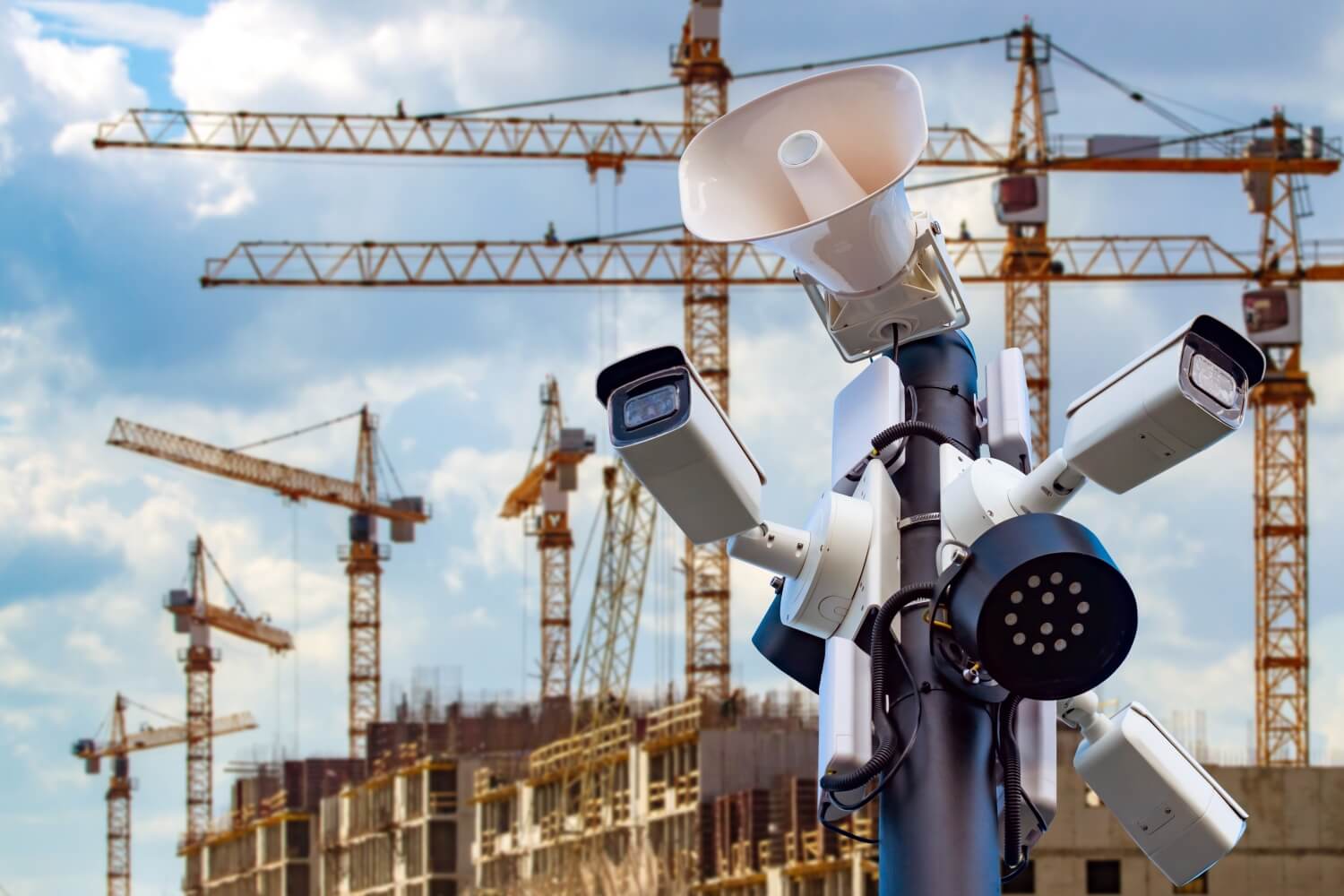
Surveillance technology has evolved far beyond simple recording. Today’s systems use artificial intelligence, advanced video analytics, and intelligent alerts to identify risks, enforce rules, and guide proactive safety measures. These advancements mean your surveillance setup doesn’t just see everything, it understands what’s happening. Moreover, DHS reports that automated video analytics can detect security incidents and perimeter intrusions, triggering targeted alerts for faster response.
AI Recognizes Unsafe Behaviors
Modern live video surveillance uses AI to scan footage for dangerous activities. That includes workers entering restricted zones, missing hard hats, or failing to use harnesses when working at heights. Instead of relying on someone to notice and report a violation, AI can flag it automatically and send an alert to the right supervisor.
In fact, Peer‑reviewed studies show computer vision can detect PPE use in real-time with high accuracy (e.g., YOLO-based hard-hat detection reporting >90% mAP in testing), supporting automated safety oversight.
Smart Motion Detection for Restricted Areas
AI-powered cameras can differentiate between normal site activity and something out of place. If someone enters a restricted area or lingers near valuable equipment, the system triggers a targeted alert, letting you respond instantly to potential threats or safety breaches.
Automated Alerts Help Crews Act Fast
Automation means nothing slips through the cracks. Automated alerts can be sent via email, text, or directly to a monitoring dashboard. That way, even when site leaders are busy, risks never go unnoticed. These systems can even generate daily safety reports or track compliance trends over time.
How does AI-powered surveillance change construction site safety?
AI surveillance detects unsafe actions, identifies patterns, and sends instant alerts, ensuring that issues are handled immediately and not overlooked.
Deterrence That Works: Audio, Lights, Voice Intervention
An effective surveillance system doesn’t just record, it takes action. Audio warnings, flashing lights, and live or pre-recorded voice interventions create an immediate deterrent for would-be trespassers and reinforce safety for crews.
According to a 40-year systematic review/meta-analysis, visible CCTV can yield statistically significant crime reductions (particularly for property crime), with actively managed schemes outperforming passive setups, supporting add-ons like audio talk-downs and lighting.
Pre-Recorded or Live Voice Warnings
When motion is detected in a restricted area, the system can automatically issue a warning, letting intruders know they’re being watched. For more serious incidents, live monitoring staff can speak directly to the person on site, providing real-time guidance or instructing them to leave. On the other hand, Layered physical security (deter–detect–assess–delay–respond) is a well‑established best practice in federal guidance.
Strobe Lights or Loudspeakers to Deter Intruders
Visual and audio recording signals are proven deterrents. Strobe lights draw attention, making it clear that the site is protected and that unauthorized access won’t go unnoticed. Loudspeakers ensure that even those who aren’t watching their surroundings hear the warning. Building on this, research in crime prevention shows that when these deterrents are combined, such as cameras, lighting, and audio warnings, the impact is far greater than relying on any single measure.
The combined approach not only discourages intruders but also reassures workers that safety is being actively managed. This layered strategy aligns closely with established security models, where physical security is designed to deter, detect, assess, delay, and respond, a framework widely endorsed in federal guidance.
Build a Culture of Compliance
The presence of active deterrence measures not only discourages criminal behavior but also reminds everyone on site that safety is being actively monitored and enforced. This encourages compliance with site rules, proper use of PPE, and adherence to safe practices. In fact, research on construction safety climate reinforces this point, showing that when workers perceive safety as a visible priority, they are more likely to follow procedures, leading to higher compliance and lower injury risk overall.
Do audio and visual deterrents really prevent theft and unsafe behavior?
Yes. These measures stop most intruders in their tracks and reinforce a culture of accountability among workers, keeping your site safer day and night.
Evidence on demand: Safety Documentation and Claims Support
When something goes wrong, evidence matters. Construction is full of moving parts, and accidents, misunderstandings, and disputes are bound to happen. Surveillance provides indisputable, timestamped records that can support insurance claims, clarify the facts, and protect your company from costly liability.
Video Supports Insurance and Workers’ Comp Claims
Insurance providers increasingly expect video evidence to support claims. Surveillance footage speeds up the claims process and ensures fair treatment for both the company and injured workers.
Protects Against False Accusations
Unfortunately, not every claim is legitimate. Video documentation can quickly clear up misunderstandings or defend against unfounded allegations, saving your business from unwarranted expenses.
Timestamped Footage for Investigations
When an incident needs investigation—whether it’s an accident, theft, or compliance question—surveillance footage delivers the answers. Video archives let you review exactly what happened, when, and who was involved.
To ensure that this evidence stands up under scrutiny, best-practice manuals from the U.S. Department of Justice and NIST stress the importance of proper retrieval, preservation, and handling of digital video, so that it remains reliable and admissible throughout any legal or regulatory process.
How does surveillance video help with insurance and legal issues?
Footage provides clear, unbiased evidence that accelerates claims, resolves disputes, and safeguards your company against false or exaggerated accusations.
Remote Access: Manage from Anywhere
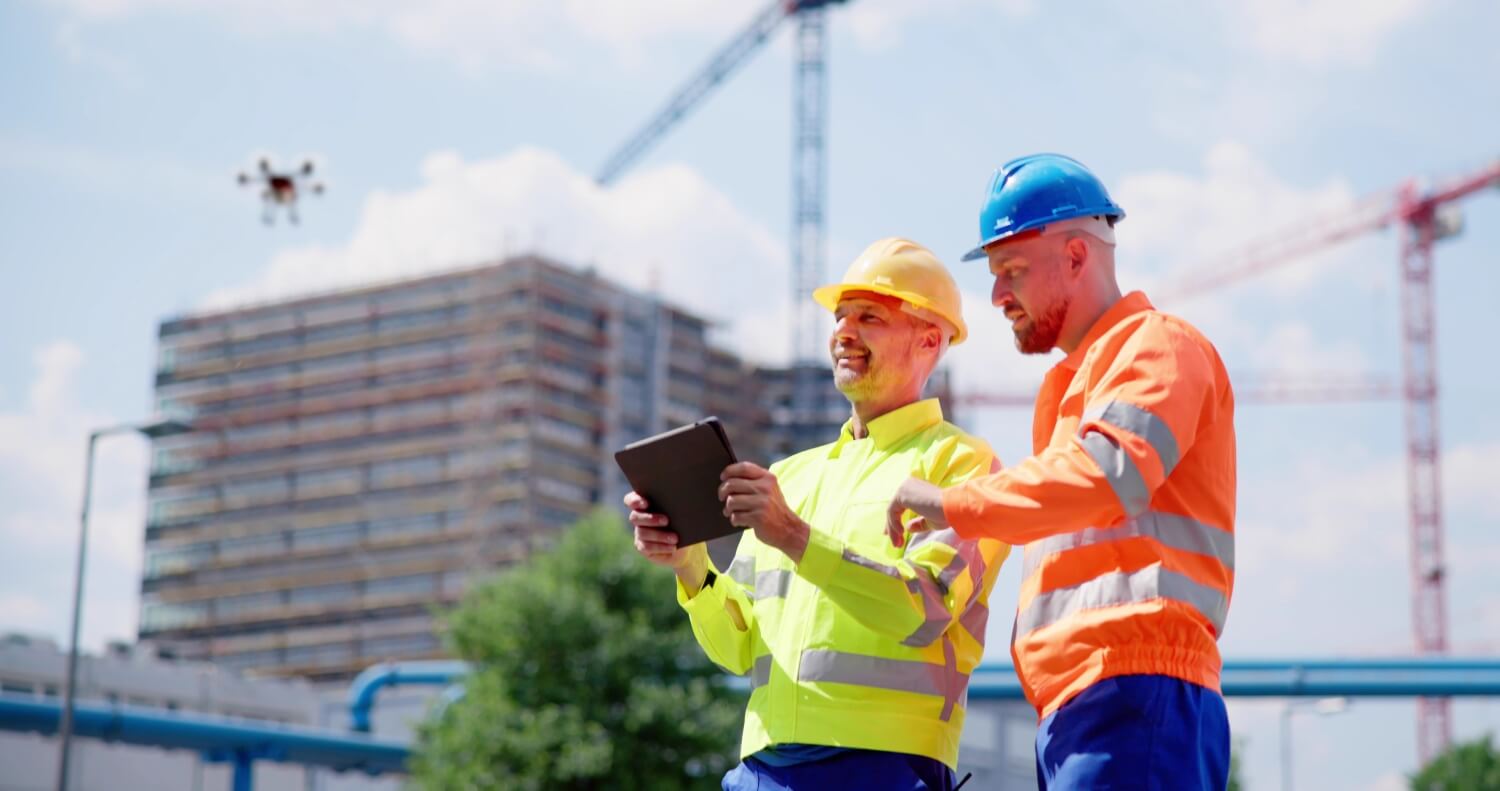
Today’s construction managers rarely stay in one place. With remote access, you’re never out of the loop, no matter where your day takes you. Mobile-friendly surveillance gives owners, supervisors, and stakeholders a complete view of the jobsite, all from their smartphone or laptop.
Remote Live Feed Access via Phone or Laptop
With secure mobile access, you can check in on your site from anywhere in the world. This is especially useful for managers overseeing multiple projects or large teams spread across different locations.
Time-Lapse Monitoring of Milestones
Want to see a concrete pour from start to finish or track daily progress? Time-lapse features let you review critical milestones, monitor subcontractor performance, and share visual updates with clients, all without being on site.
Supervisors Can Oversee Multiple Sites at Once
Remote monitoring isn’t just about convenience—it multiplies your ability to keep every jobsite running smoothly. Whether you’re checking safety compliance or tracking equipment deliveries, real-time video gives you full control from wherever you are.
Backing this up, federal technical guidance highlights mobile compatibility and cloud or edge storage as essential features of modern video security systems, ensuring managers can stay connected anytime. Similarly, academic reviews show that time-lapse and vision-based monitoring enhance remote oversight and support tighter schedule control, giving supervisors both flexibility and accountability.
How does remote access improve construction project oversight?
Remote surveillance enables you to manage safety, security, and progress remotely, helping you keep projects on schedule and in compliance, even when you can’t be everywhere at once.
Cut Costs Without Cutting Corners
Surveillance isn’t just a safety investment; it’s a business strategy that pays off in multiple ways. Here’s how advanced monitoring helps you reduce expenses while boosting protection:
- Lower Insurance Premiums: Insurance companies reward proactive risk management. By reducing claims and providing evidence, surveillance can help you qualify for better rates.
- Theft and Vandalism Prevention: Fewer losses mean less money spent replacing stolen equipment or materials. Visible cameras and real-time alerts stop most incidents before they start.
- Minimized Downtime: Quick hazard detection keeps your crews working, reducing costly delays due to accidents or investigations.
- Less Reliance on Security Guards: Automated systems can monitor the site 24/7, cutting the need for expensive overnight security patrols.
- Fewer Liability Claims: With clear documentation of incidents and safety practices, you’re better protected against false claims and drawn-out legal disputes.
- Improved Resource Management: Real-time data helps you allocate staff and resources more efficiently, trimming unnecessary overtime and reducing waste.
What are the most significant cost savings from deploying surveillance on a construction site?
Surveillance reduces losses, cuts insurance costs, lowers legal exposure, and streamlines resource management, saving your project time and money at every step.
Integration: Cameras, Access Control, Motion Detection
The most effective security solutions are layered and integrated. Surveillance becomes exponentially more powerful when connected with other safety and security technologies on site:
- Access Control Integration: Link cameras with gate and door controls to track every entry and exit. Only authorized personnel can access sensitive areas.
- Motion Detection Alerts: Smart sensors notify supervisors of movement in restricted or hazardous zones, triggering instant video recording and alerting the right personnel.
- Environmental Sensors: Integrate weather or gas sensors to detect environmental threats, enabling rapid evacuation or emergency response.
- Remote Alarm Activation: In response to a detected threat, alarms can be activated remotely, helping secure the site instantly.
- Temporary and Scalable Setups: Portable, wireless camera systems can be deployed and moved as the project progresses, ensuring that protection scales with your needs.
- Centralized Dashboard: Manage all systems, video, access, and sensors from a single dashboard, providing a clear, real-time overview of every jobsite.
Why is integrated surveillance more effective than standalone cameras?
By connecting cameras with access, sensors, and alarms, you create a responsive, layered security system that covers every angle and adapts as your project evolves.
Privacy, Training, and Legal Compliance
Advanced surveillance brings new responsibilities. It’s essential to respect worker privacy, ensure legal compliance, and build trust with your team. Here’s how to use surveillance ethically and effectively.
Worker Privacy Considerations
Clear communication is key. Inform crews about the placement of cameras, the intended use of the footage, and the storage duration. Visible notices and orientation materials help foster trust and transparency.
Secure Video Storage Practices
Safeguard footage with encryption, strong passwords, and restricted access—store video offsite or in the cloud to protect against tampering or loss. Establish clear policies on how long footage will be kept and who is authorized to view it.
Training Crews on Surveillance’s Role in Safety
Make sure workers understand that surveillance is for their protection, not to “catch” them. Offer training on how cameras help prevent accidents, resolve disputes, and create a safer work environment. Informed teams are more likely to buy into your safety culture.
To support this approach, established governance frameworks emphasize the importance of transparency and accountability. For example, NIST’s Privacy Framework provides a risk-based blueprint for responsible monitoring, while regulators such as the ICO publish practical CCTV compliance guidance to help organizations balance safety with privacy.
How can companies respect privacy and still use surveillance effectively?
Transparency, secure storage, and clear training help workers see surveillance as a safety tool, not a threat, while keeping your operation legally compliant.
Build Safer, Smarter Sites with Pioneer Security
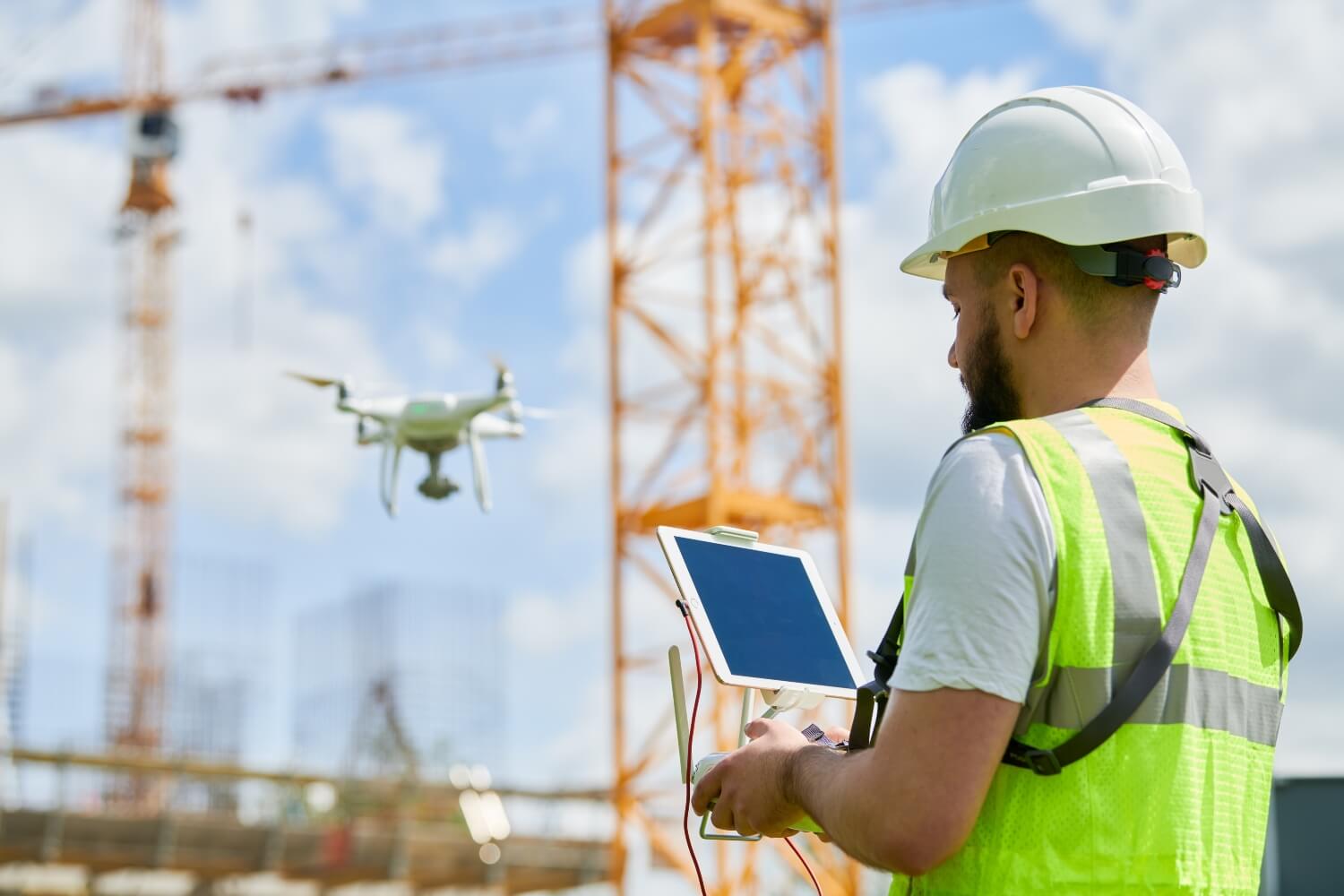
In construction, safety isn’t a luxury; it’s the foundation for every successful project. Surveillance solutions do more than watch; they protect, deter, and empower your team to deliver on time and under budget. At Pioneer Security, we help construction leaders get more out of every workday by combining advanced technology with real-world expertise. If you’re ready to transform your site’s safety, let’s talk about how our tailored surveillance systems can make a difference.
Contact us today to schedule your free site assessment and consultation. Let’s partner to secure your next project from the ground up, together.
Frequently asked questions
What features should a construction site surveillance system include?
Look for weatherproof cameras, night vision, live and recorded feeds, AI analytics, motion alerts, and remote access. Integration with access control and audio deterrence further enhances security.
How quickly can a surveillance system be set up on a new site?
With modular, wireless systems, installation can often be completed in less than a day. Pioneer Security offers rapid deployment for both temporary and permanent projects.
Can surveillance systems help enforce PPE compliance?
Absolutely. AI-powered cameras can detect missing hard hats, vests, or other gear and send instant alerts to supervisors, supporting safety policies.
What’s the recommended video retention policy for construction sites?
Most contractors keep footage for 30 to 90 days, but retention should align with company policy, insurance requirements, and local laws.
Is remote monitoring secure and private?
Yes, when implemented with encrypted feeds, strong access controls, and privacy policies, remote monitoring is both secure and compliant with legal standards.

